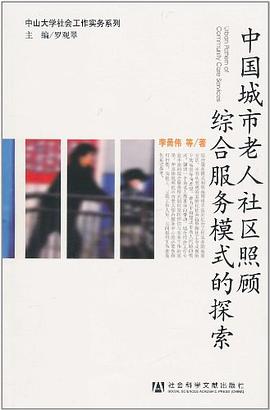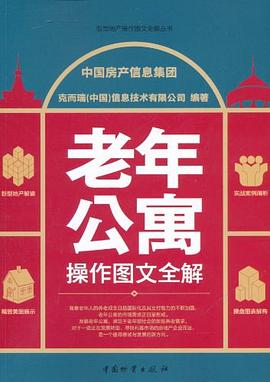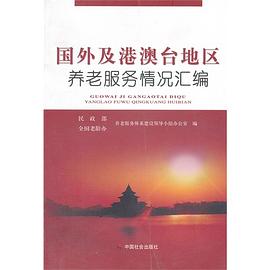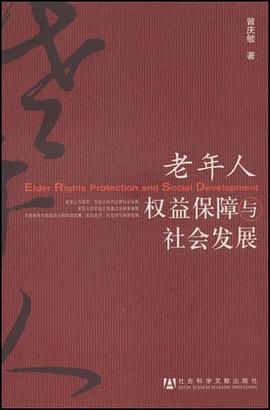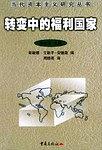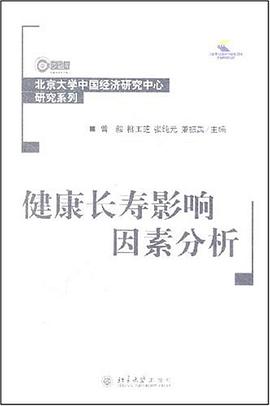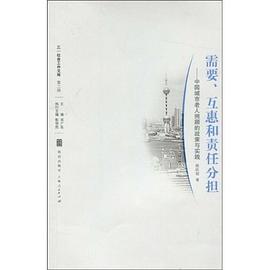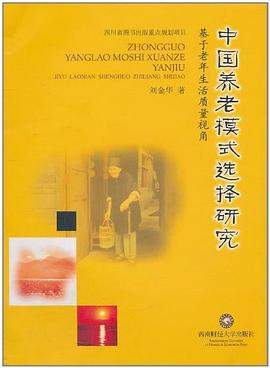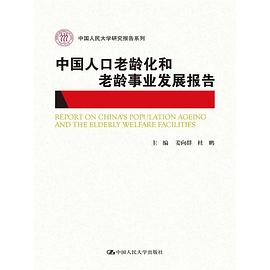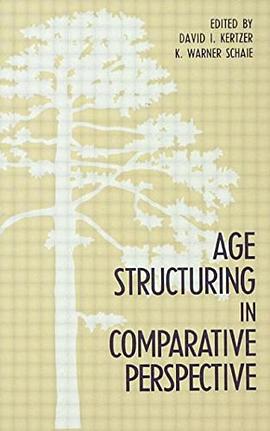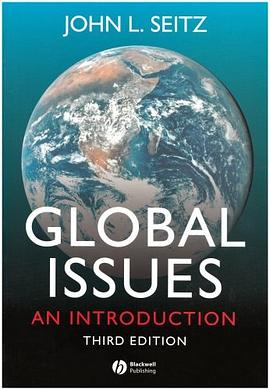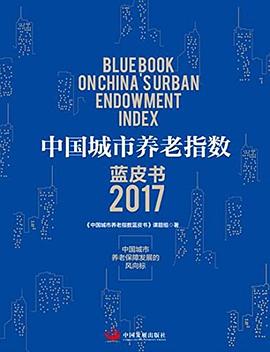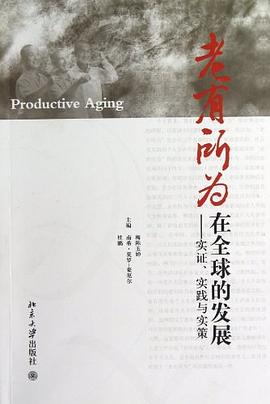目 錄
第一章 世界人口老齡化趨勢…………………………………………………………………1
第一節 老年人與人口老齡化……………………………………………………………1
第二節 世界人口老齡化的曆程、現狀和趨勢…………………………………………6
第三節 世界對人口老齡化的認識和迴應………………………………………………11
結 語………………………………………………………………………………………17
思考題………………………………………………………………………………………17
第二章 中國人口老齡化趨勢…………………………………………………………………19
第一節 中國人口老齡化的曆程…………………………………………………………20
第二節 中國老年人口的現狀……………………………………………………………24
第三節 中國人口老齡化的發展趨勢……………………………………………………35
結 語………………………………………………………………………………………42
思考題………………………………………………………………………………………42
第三章 老年人需求的基本概念與含義………………………………………………………43
第一節 需求與老年人的照顧支援………………………………………………………43
第二節 需求的認識和評估………………………………………………………………45
第三節 老年人需求的類型………………………………………………………………51
結 語………………………………………………………………………………………54
思考題………………………………………………………………………………………55
第四章 對中國老年人需求的認識……………………………………………………………56
第一節 經濟需求…………………………………………………………………………56
第二節 健康需求…………………………………………………………………………61
第三節 精神需求…………………………………………………………………………72
第四節 老年人的照料需求………………………………………………………………76
結 語………………………………………………………………………………………82
思考題………………………………………………………………………………………83
第五章 中國城市老年社會保障………………………………………………………………84
第一節 城市老年社會保障的現行政策…………………………………………………84
第二節 城市老年社會保障現行政策體係的總體特徵…………………………………97
第三節 對城市老年社會保障現行政策體係的反思……………………………………102
結 語………………………………………………………………………………………104
思考題………………………………………………………………………………………105
第六章 中國城市老年社會服務………………………………………………………………106
第一節 老年社會照顧體係………………………………………………………………106
第二節 中國老年養老方式的轉變………………………………………………………114
第三節 中國城市社區老年社會服務……………………………………………………122
結 語………………………………………………………………………………………132
思考題………………………………………………………………………………………132
第七章 以社區為本的社會支持網絡理念概述………………………………………………134
第一節 社會支持網絡的含義……………………………………………………………135
第二節 以社會網絡分析為指導的社工介入……………………………………………142
結 語………………………………………………………………………………………143
思考題………………………………………………………………………………………144
第八章 中國社區照顧支持網絡的需求分析——以廣州市A區試點為例 …………………145
第一節 廣州市A區老人社區支援服務需求調查背景 …………………………………145
第二節 調查顯示老人社區照顧資源……………………………………………………147
第三節 老人的健康狀況與失能情況……………………………………………………156
第四節 老人的經濟狀況…………………………………………………………………160
結 語………………………………………………………………………………………164
思考題………………………………………………………………………………………165
第九章 以社區網絡模式推行社區照顧的策略:廣州的經驗………………………………166
第一節 解構中國城市“老人支持網絡”………………………………………………166
第二節 H街“老人支持網絡”的成功經驗 ……………………………………………174
第三節 社區老人照顧的問題和睏難……………………………………………………176
第四節 重構“老人照顧網絡”策略……………………………………………………178
結 語………………………………………………………………………………………182
思考題………………………………………………………………………………………182
第十章 城市老人照顧:整閤網絡介入策略的綜閤服務中心模式…………………………183
第一節 整閤服務網絡……………………………………………………………………183
第二節 整閤服務網絡介入新模式………………………………………………………186
第三節 老人綜閤服務中心應用“新模式”的特點與運作……………………………191
結 語………………………………………………………………………………………193
思考題………………………………………………………………………………………194
第十一章 城市老人照顧探索性研究…………………………………………………………195
第一節 《廣州市老年人優待辦法》對城鎮老人經濟生活的影響
——以廣州市荔灣區逢源街社區為例…………………………………………195
第二節 “村改居”社區老人經濟保障的實證探究
——以廣州市Y區B街X村為例 …………………………………………………206
第三節 老年居民也參保
——對《廣州市城鎮居民基本醫療保險試行辦法》的分析…………………215
第四節 廣州市老人貧睏與社工介入角色——以荔灣區逢源街道個案為例…………229
第五節 “星光老年之傢”期待星光燦爛
——以B街為例探討“農轉居”地區“星光計劃”的睏局 …………………252
結 語………………………………………………………………………………………265
思考題………………………………………………………………………………………265
參考文獻…………………………………………………………………………………………266
CONTENTS
Chapter 1 The Trends of Global Ageing .................................../1
1.1 Elderly and the aging of population ............................./1
1.2 The history, current situations and trends of the
aging issues around the world ................................../6
1.3 The understanding and responding of the world aging problem ...../11
Remarks ............................................................../17
Follow up thinking .................................................../17
Chapter 2 The Trends of Population Aging in China ......................./19
2.1 The process of population aging in China ......................../20
2.2 The current situations of aging population in China ............./24
2.3 The future trends of population aging in China ................../35
Remarks ............................................................../42
Follow up thinking .................................................../42
Chapter 3 The Concepts and Meanings of the Elderly Need ................./43
3.1 Needs and elderly care-support ................................../43
3.2 The recognization and assessment of elderly need ................/45
3.3 The classification of elderly need ............................../51
Remarks ............................................................../54
Follow up thinking .................................................../55
Chapter 4 The Recognization of Chinese Elderly Needs .................../56
4.1 Domestic need .................................................../56
4.2 The need of wellbeing and health ................................/61
4.3 Psychological need ............................................../72
4.4 The need of daily care ........................................../76
Remarks ............................................................../82
Follow up thinking .................................................../83
Chapter 5 The Social Protection for the Elderly in Urban China ........../84
5.1 The current policy of social welfare for the urban elderly ....../84
5.2 The characteristics of the current policy of
social welfare for the urban elderly .........................../97
5.3 The reflection on the current social welfare system for
the urban elderly ............................................../102
Remarks ............................................................../104
Follow up thinking .................................................../105
Chapter 6 The Social Service for the Elderly in Urban China ............./106
6.1 The system of social care for the elderly ......................./106
6.2 The transformation of elderly care modes in China .............../114
6.3 The elderly community social service in Chinese city ............/122
Remarks ............................................................../132
Follow up thinking .................................................../132
Chapter 7 An Overview of the Community-based Social Support Network ...../134
7.1 The concept of social support network .........................../135
7.2 From social network analysis to social work intervention ......../142
Remarks ............................................................../143
Follow up thinking .................................................../144
Chapter 8 Need Analysis of Community Care and Support
Network:A Case in Guangzhou ................................../145
8.1 The background of the community elderly service’s
need assessment in a district ................................../145
8.2 Survey result about the resources of community care ............./147
8.3 Elderly health and disability condition ........................./156
8.4 Elderly economics condition ...................................../160
Remarks ............................................................../164
Follow up thinking .................................................../165
Chapter 9 The Strategy of the Community Networking Model:
Guangzhou’s Experience ....................................../166
9.1 Destruction of the elderly social support networks
in Chinese city ................................................/166
9.2 Elderly social support networks model’s successful
experience at H Street ........................................./174
9.3 Community elderly care’s difficult and problem ................./176
9.4 The strategy of reconstructing the elderly care networks ......../178
Remarks ............................................................../182
Follow up thinking .................................................../182
Chapter 10 Urban Elderly Care:Integrated Service Model with
Networking Approach ........................................../183
10.1 Integrating service networks .................................../183
10.2 Integrated service model with networking approach ............../186
10.3 Implication of integrated service model with
networking approach in a elderly center ......................../191
Remarks ............................................................../193
Follow up thinking .................................................../194
Chapter 11 Exploratory Research in Urban Elderly Care .................../195
11.1 The impact of“elderly special privileges ordinance”to
urban elders’ economic conditions in Guangzhou—based on
Liwan District, Fengyuan Street, Guangzhou ...................../195
11.2 Evidence-based research on elders’ economic security in
urbanized countryside nearby Guangzhou—based on
Tuhua Village, Huazhou District, Guangzhou ...................../206
11.3 Analyses of elders who join in the “basic old-age
pension and medical insurance systems” ......................../215
11.4 Social work intervention in poor urban elderly—a case
in Liwan district, Fengyuan Street ............................./229
11.5 Rural-to-urban elderly service’s dilemma in
community elderly activity center ............................../252
Remarks ............................................................../265
Follow up thinking .................................................../265
References .............................................................../266
· · · · · · (
收起)
